- 1. The entire nose has a low profile.
- 2. You want a straight nose line.
- 3. The bridge of the nose is low, giving a flat appearance.
- 4. Due to flat nose there is a lack of three-dimensional effect.
- Price inquiry
- whats app
Male Rhinoplasty
By creating a straight line extending from the forehead to the tip of
the nose, we enhance a masculine and attractive impression
What is male rhinoplasty?
When it comes to designing a male nose, we prioritize finding a proportion that suits the length of the face rather than simply aiming for a high nose. We take into account factors such as the degree of nasal deviation and the width of the nose to create a distinct and masculine nose design.
What is male nose line?
Compared to women, a straight line from the middle of the forehead to the tip of the nose is considered an ideal feature for men. Achieving a clear and straight nose line can contribute to a more appealing and attractive impression.

Surgical Information
Male Rhinoplasty
Male Rhinoplasty Surgery Method
Learn about AB Plastic Surgery's Male Rhinoplasty Surgery Method.
Flat Nose
A silicone implant is used to augment the bridge of the nose during rhinoplasty surgery. Additionally, autologous cartilage can be used to fill and shape the tip of the nose, providing additional support and contour.

Before surgery

Insertion of silicone, autologous cartilage, etc.

After surgery
Hump Nose
After reducing the nasal hump, the nasal bones on both sides are fractured to slim down the nasal bridge. If the nasal bridge appears lower compared to the nasal tip, it can be elevated using autologous cartilage or implants.

Before surgery

Grinding or cutting the hump

Insertion of implants on the bridge of the nose or tip of the nose

After surgery
Bulbous Nose
Depending on the specific needs of the patient, a combination of nasal tip cartilage surgery and nostril reduction can be performed to achieve an optimal nose shape that harmonizes with the overall face.
In the Case of a Divergent or
Widened Nasal Tip CartilageAssemble the widened nasal tip cartilage and place the cartilage on the tip of the nose to improve the nose tip to a higher and slimmer shape.

Before surgery

Assemble and tie the wing cartilage and insert additional cartilage.
If the Subcutaneous Tissue of
the Tip of the Nose Is ThickIf the tip of the nose has thick skin or excessive tissue, it can be appropriately removed to elevate and slim the nasal tip.

Before Surgery

subcutaneous tissue at the tip of the nose Removal of subcutaneous tissue at the tip of the nose
Before & After Male Plastic Surgery
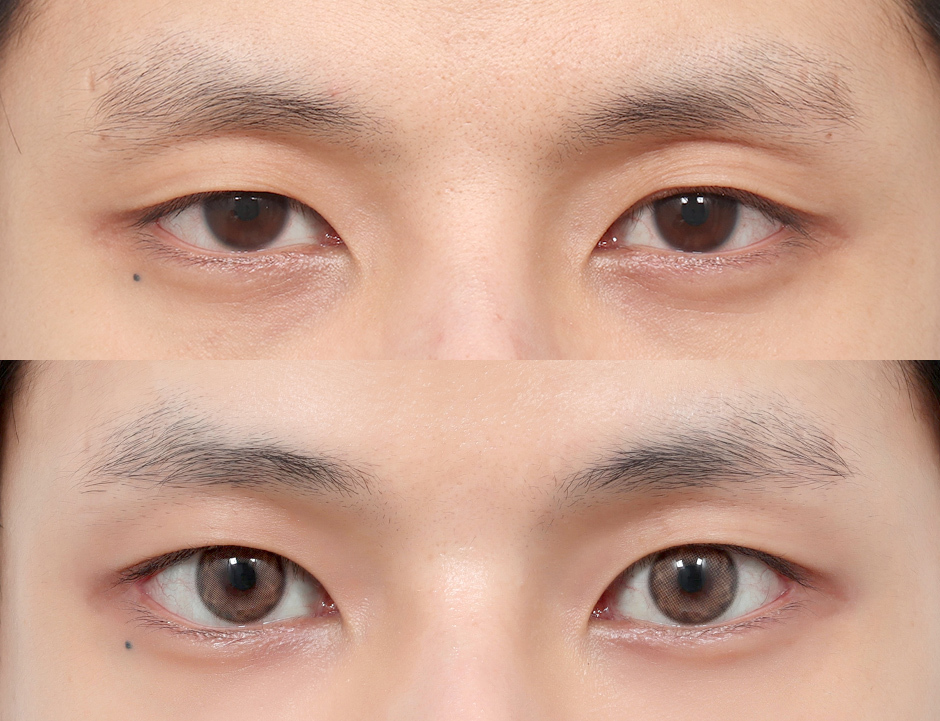
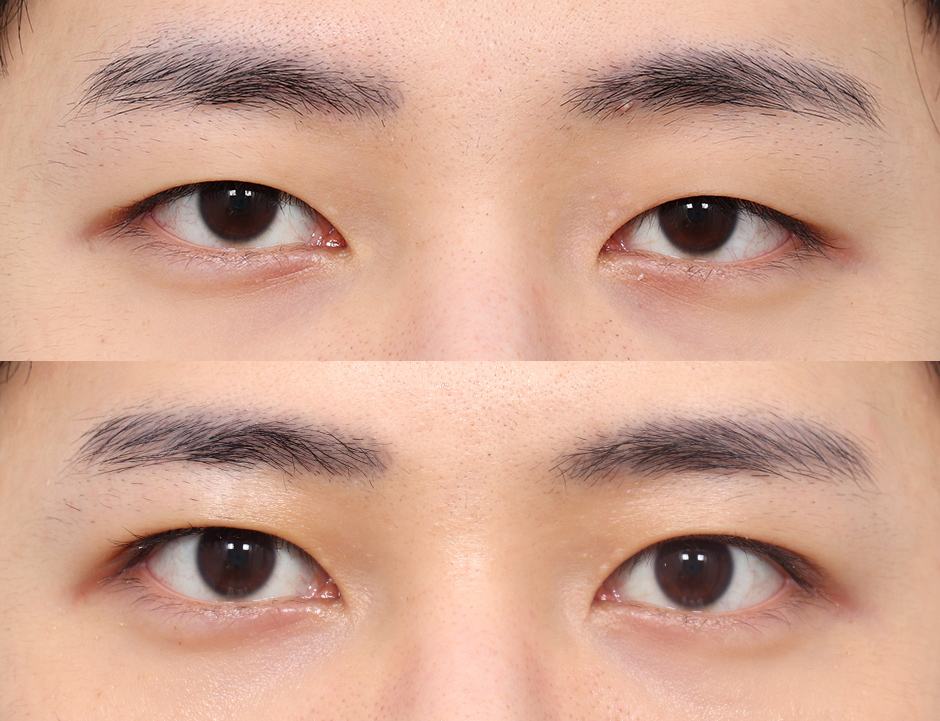
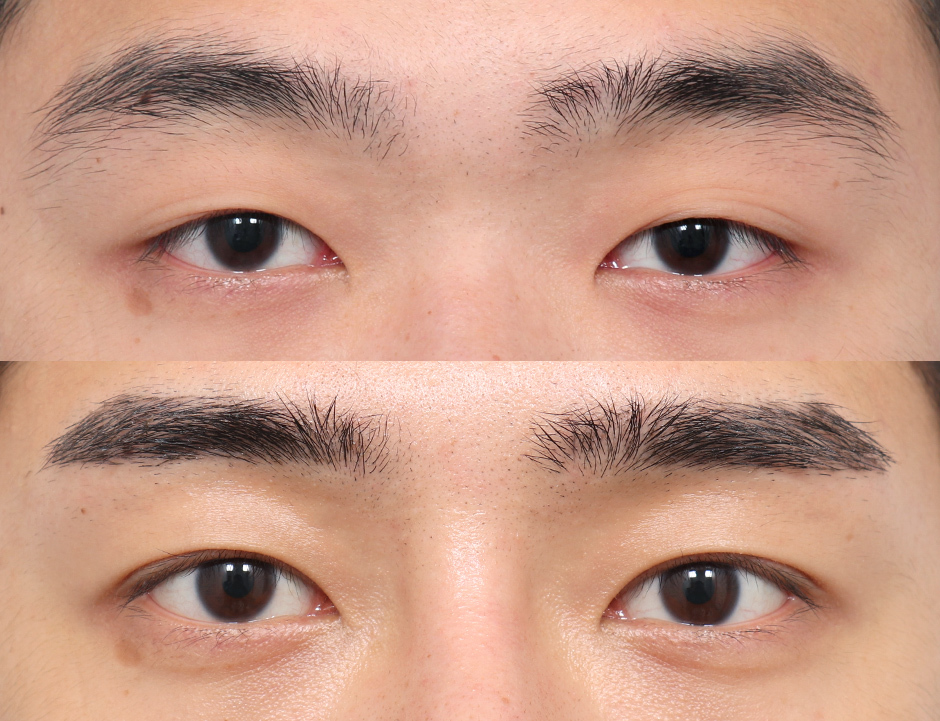
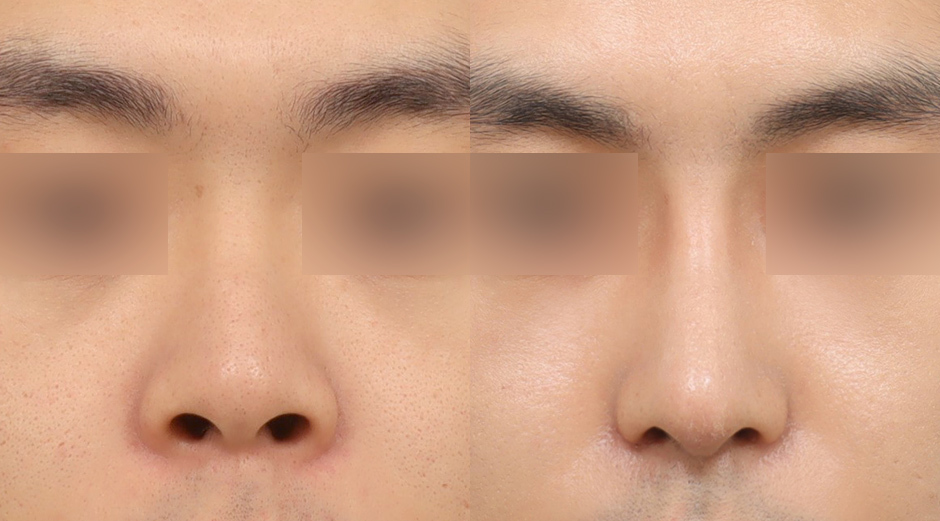
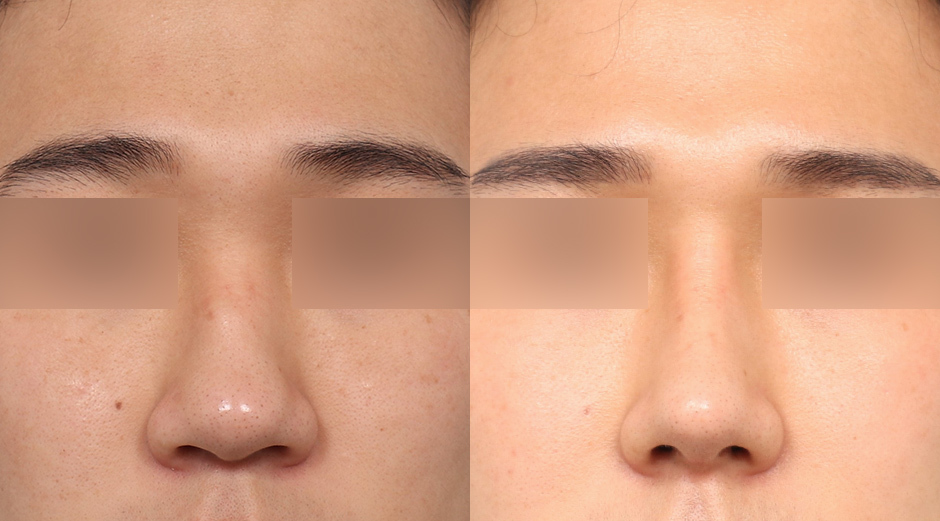
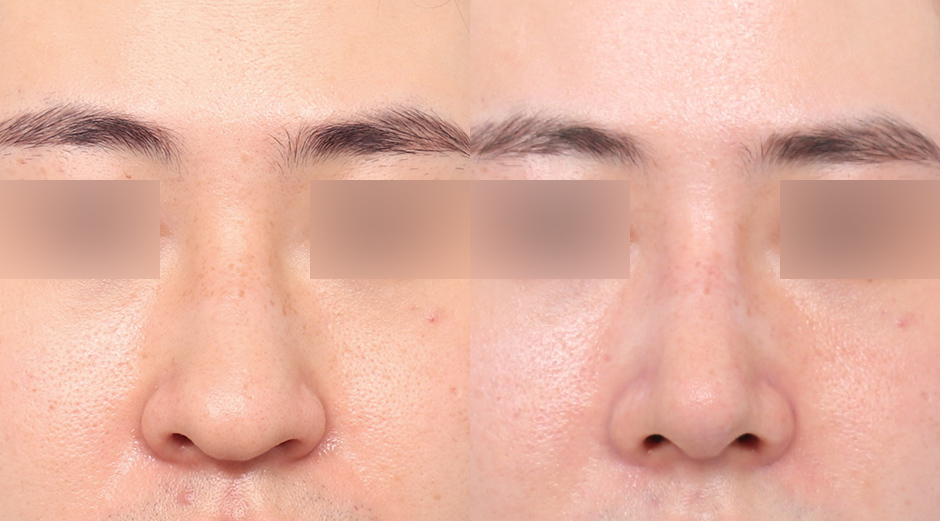
Surgical site
Incision eyelid correction / Epicanthoplasty / Lateral сanthoplasty / Lower сanthoplasty / Under eye fat repositioning / Fat grafting / Rhinoplasty [Nose osteotomy / Bulbous nose] / Alar resection 2 months after
Safety system
Through the establishment of various safety management systems,
patients can undergo surgery more safely.
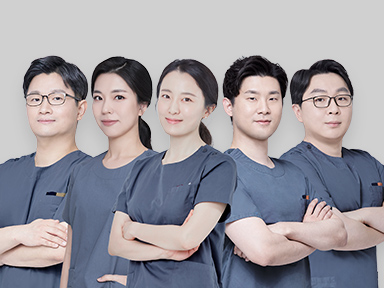
Full-time Anesthesiologist
An anesthesiology specialist monitors the patient in real-time during surgery and performs double and triple checks through a central monitoring system.
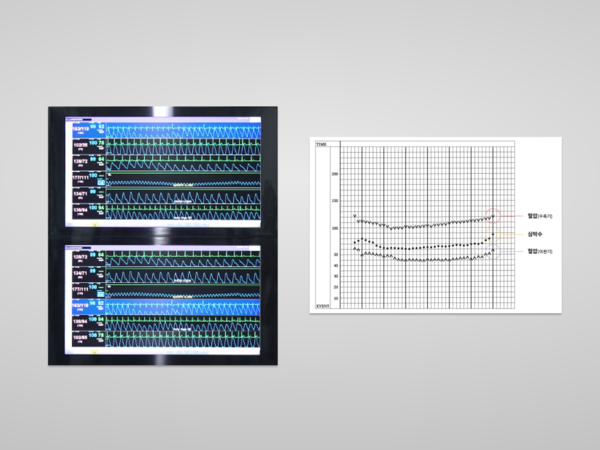
Real-time Monitoring During the Anesthesia
The entire process of the surgery, including pre-, during, and post-surgical procedures, is managed in real-time with a full-time anesthesiologist.
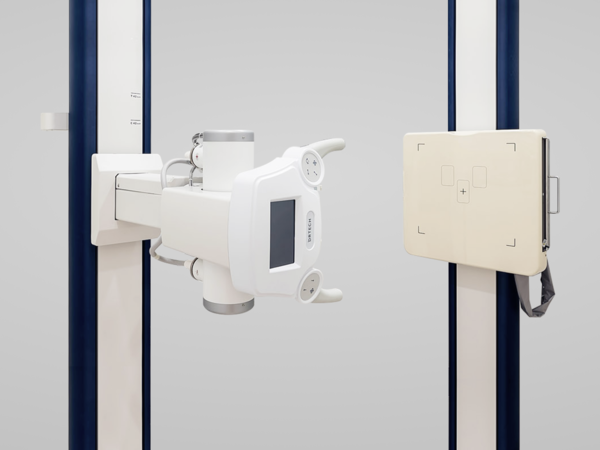
Safe Medical Examination Before Surgery
For safer surgery, we have established an in-hospital examination system. This allows us to perform a comprehensive pre-operative examination.
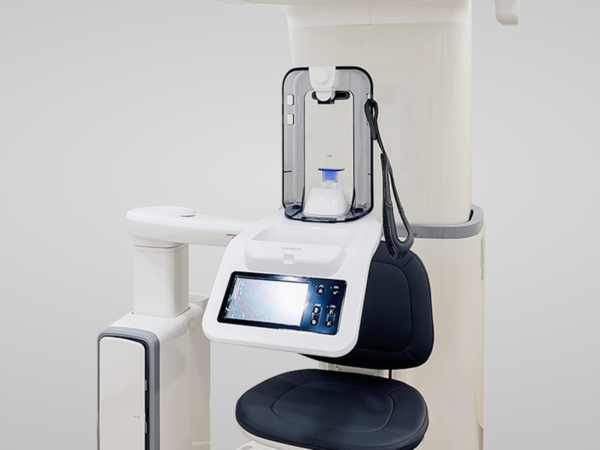
Highest Standard Safety Equipment
Through the establishment of various safety management systems, we ensure that patients can undergo surgery safely and with peace of mind.
Make your own plan for Korean Plastic Surgery
Please note that the actual medical schedule may vary depending on each patient's individual condition,
such as health status, and the specific surgical procedures involved.
Tailored to meet individual needs,
our service ensures that your medical tourism journey is planned
with the utmost care and precision, considering your unique medical requirements
Date of surgery
Eye Surgery
Nose Surgery
Fatgraft
Lifting
Accu
Breast Surgery
Body Shaping
liposuction
Lip
Facial Contouring
Skincare
Stem Cells
| SUN | MON | TUE | WEN | THU | FRI | SAT |
- WeekdayAM 10:00 ~ PM 7:00
- SaturdayAM 10:00 ~ PM 5:00
- Evening HoursAM 10:00 ~ PM 09:00 (Fri)
*Closed on Sundays and Public Holidays












